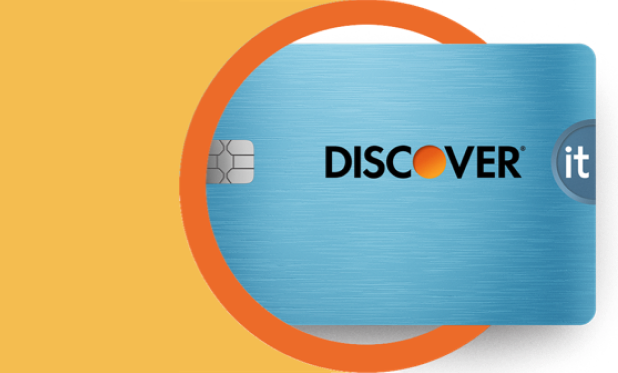After you enjoy a meal at a restaurant, get your hair done at the salon, or take a ride in a taxi, it’s common practice to leave a tip. Tipping is the act of giving money to someone who has provided a service on top of the standard charge. It’s a way of acknowledging their work and showing your appreciation. You can choose to leave a tip in cash or tip with your credit card.

How Does Tipping Work on a Credit Card?
Next steps


See rates, rewards and other info
You may also be interested in
Was this article helpful?
Was this article helpful?
-
$0 Fraud Liability: An “unauthorized purchase” is a purchase where you have not given access to your card information to another person or a merchant for one-time or repeated charges. Please use reasonable care to protect your card and do not share it with employees, relatives, or friends. Learn more at Discover.com/fraudFAQ.
-
Legal Disclaimer: This site is for educational purposes and is not a substitute for professional advice. The material on this site is not intended to provide legal, investment, or financial advice and does not indicate the availability of any Discover® product or service. It does not guarantee that Discover offers or endorses a product or service. For specific advice about your unique circumstances, you may wish to consult a qualified professional.




